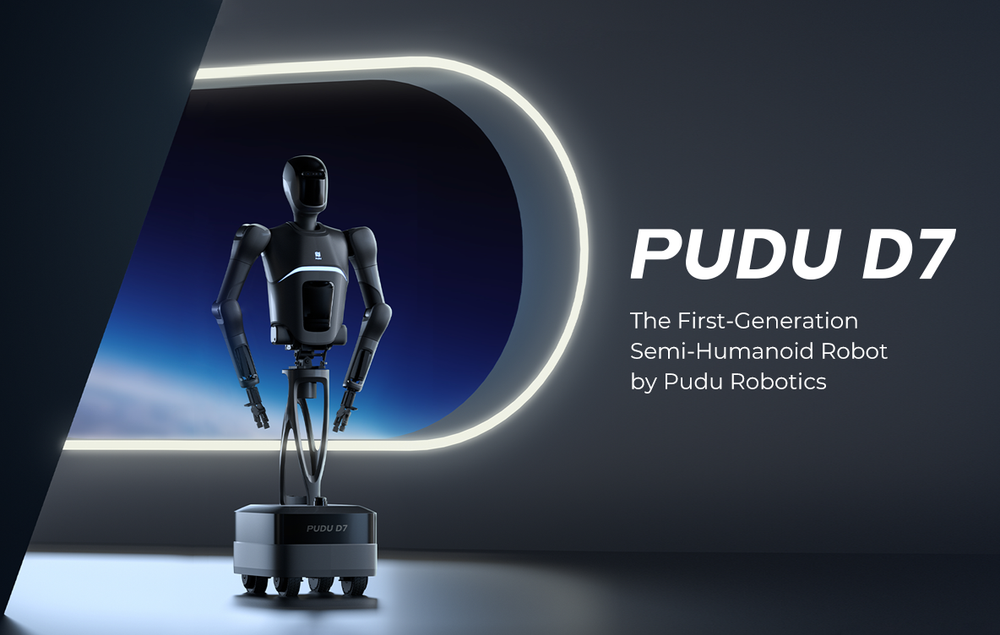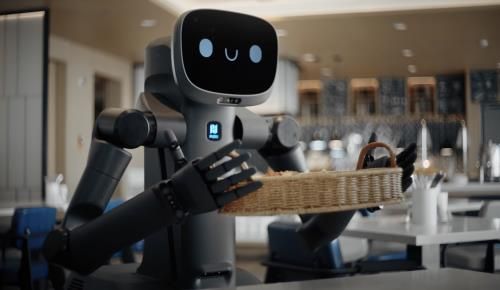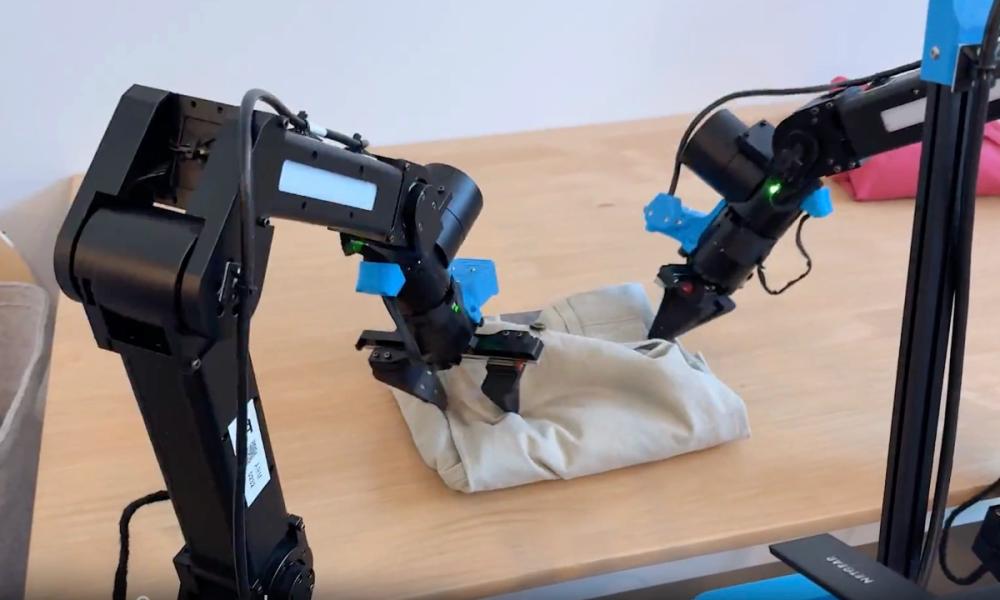Discover the future of humanoid robotics - technology, products, and applications in one place
Categories
Humanoid Robot Industry
The most comprehensive database of humanoid robot manufacturers and technology suppliers worldwide
Core Manufacturers
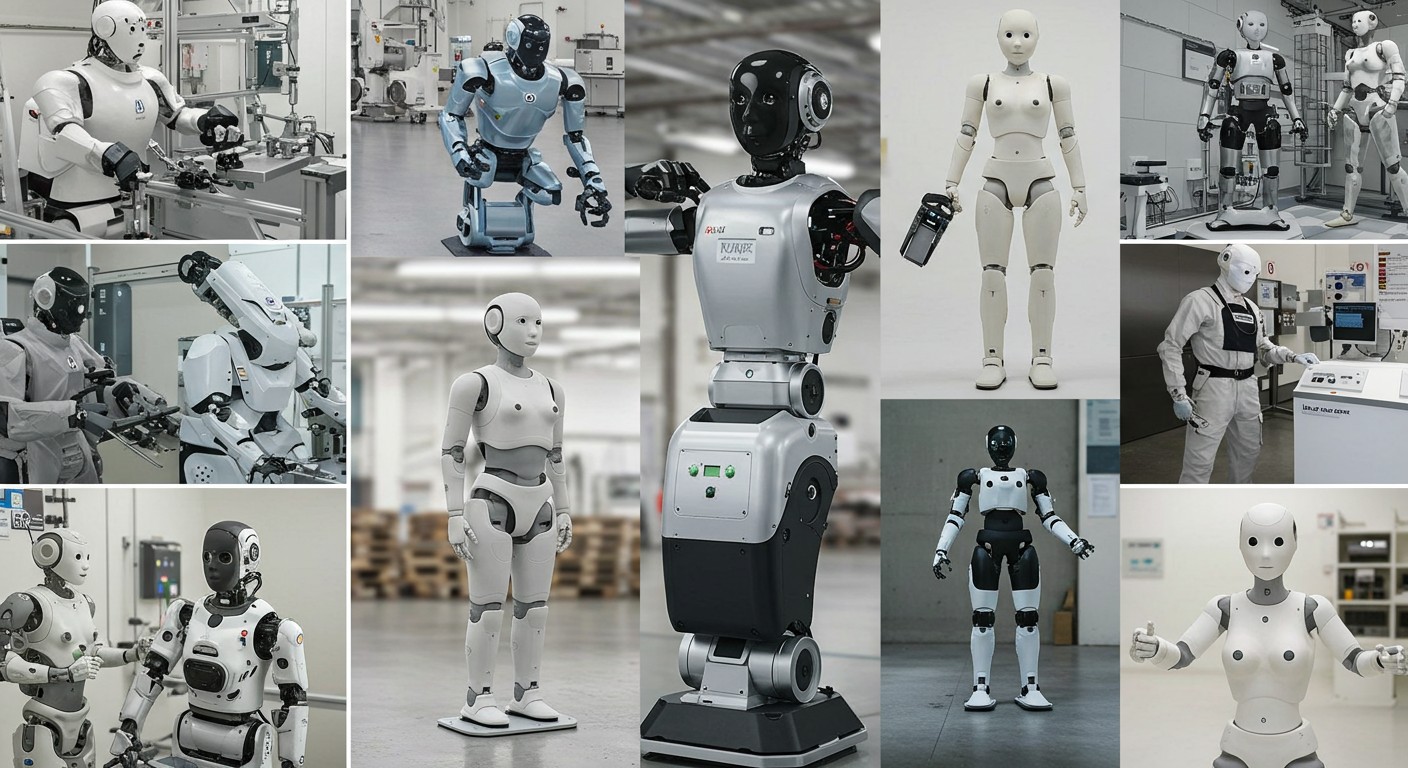
Leading companies developing complete humanoid robot platforms for industrial automation, healthcare, and consumer applications. Our database tracks humanoid robot startups and established manufacturers from North America, Asia, and Europe.
- Detailed profiles of 60+ humanoid robot manufacturers
- Technical specifications & funding data
Technology Providers
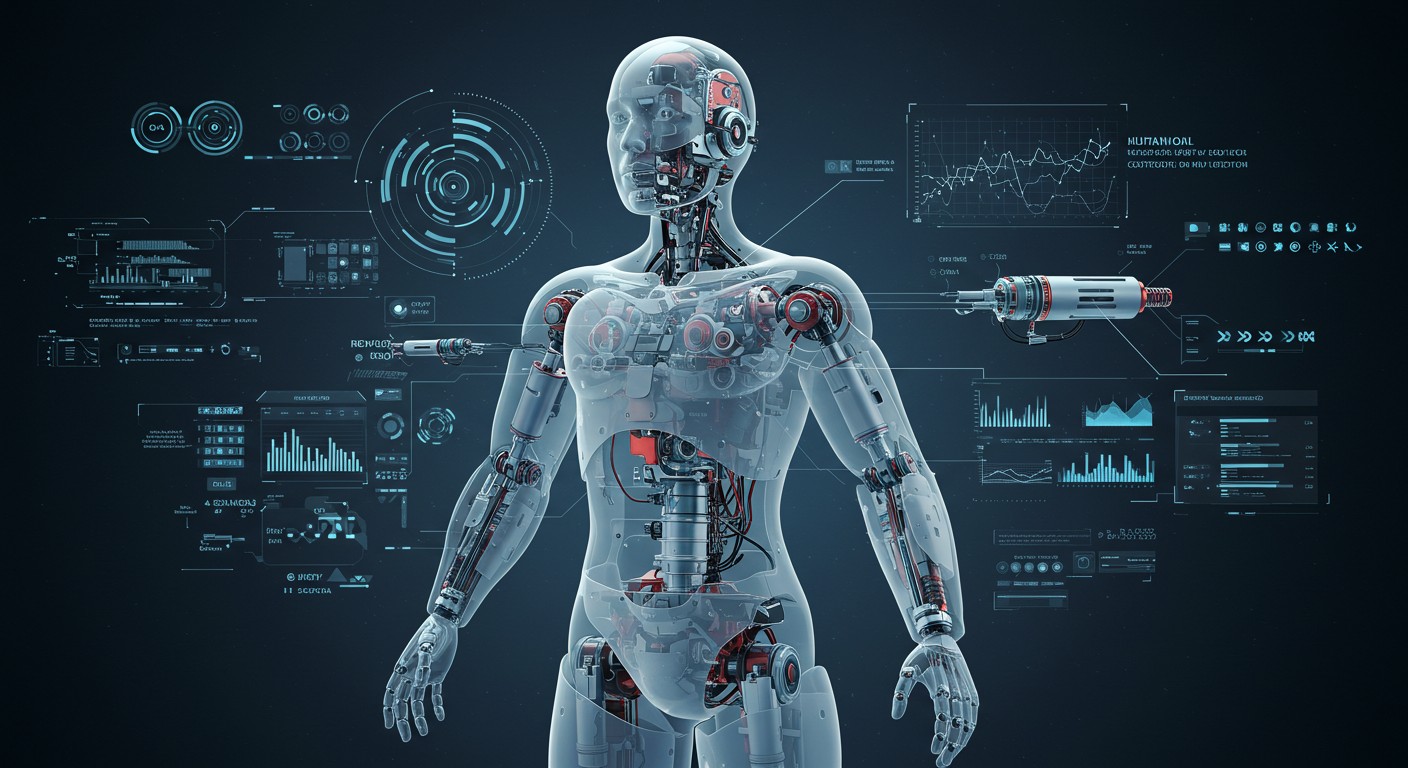
Companies specializing in critical humanoid robot components, including advanced bipedal locomotion systems, sensor arrays, AI-powered humanoid robot control interfaces, and specialized actuators for human-like movements.
- 200+ specialized humanoid robot component suppliers
- Patented technologies & partnerships
Market Intelligence

Comprehensive insights into the rapidly growing humanoid robot sector, with analysis of investment trends, corporate strategies, and market forecasts through 2030. Track humanoid robot funding rounds and strategic acquisitions.
- Humanoid robot investment data by region
- Quarterly humanoid robot market reports
Market Forecast
Global humanoid robot market projected to reach $36.8B by 2030, growing at 42.5% CAGR
Humanoid robot market: North America leads with 38% share, followed by East Asia (32%) and Europe (20%)
Latest Breakthroughs
Cutting-edge advancements transforming humanoid robot capabilities
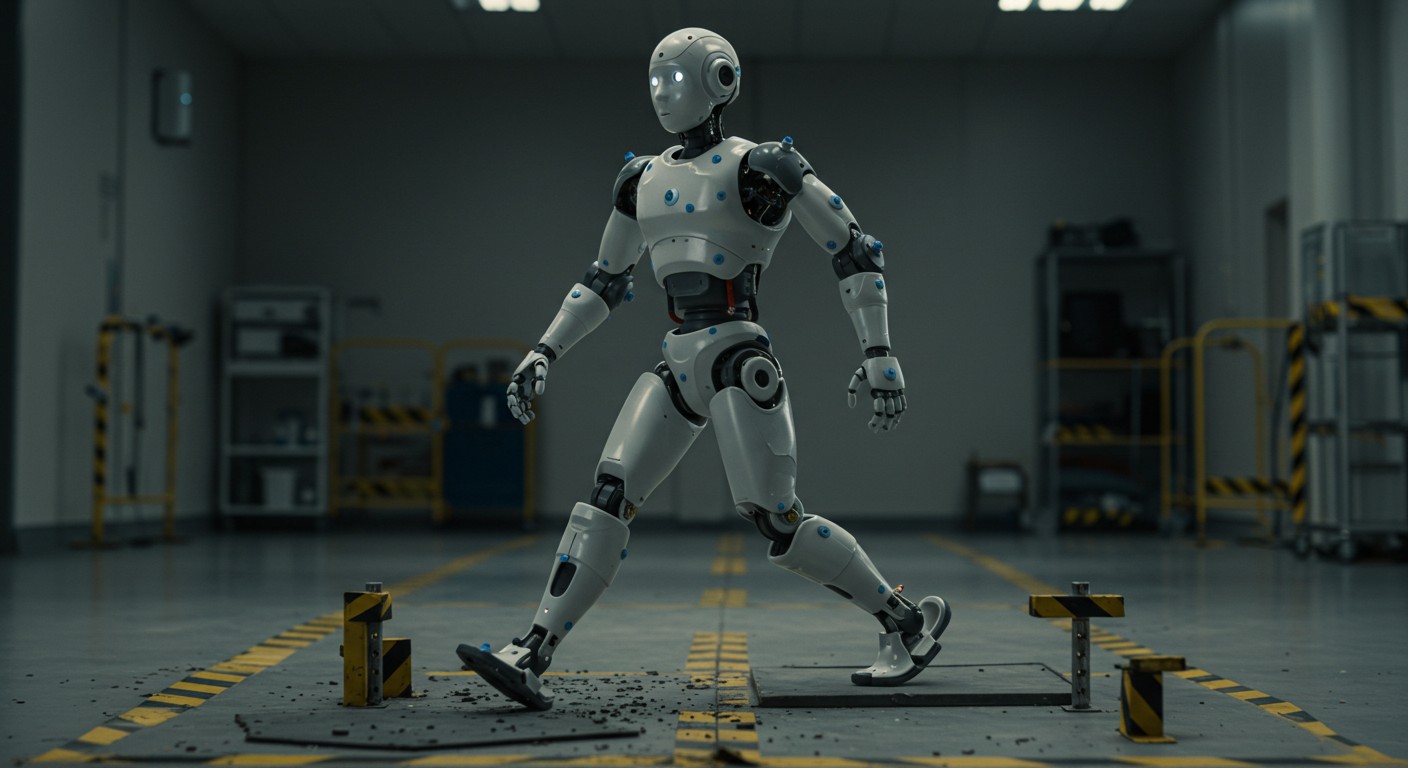
Advanced Locomotion
Recent breakthroughs in humanoid robot actuator technology have enabled 30% more efficient walking gaits with reduced energy consumption. New reinforcement learning algorithms provide adaptive balance control, allowing humanoid robots to navigate uneven terrain and recover from unexpected impacts with near-human agility.
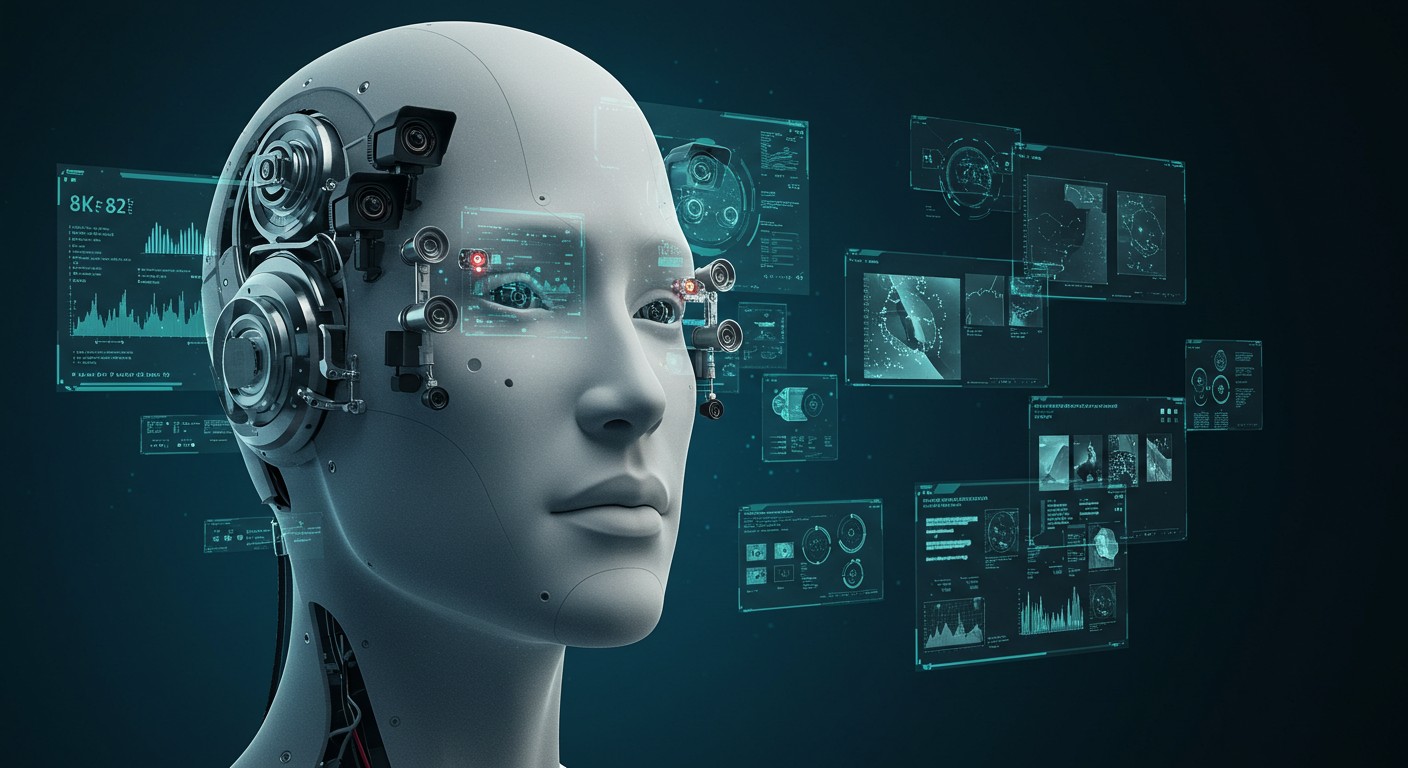
Enhanced Perception
Multimodal sensor fusion now seamlessly combines visual, tactile, and acoustic data in humanoid robot vision systems for unprecedented environmental awareness. Advanced semantic understanding models enable humanoid robots to recognize objects and interpret complex scenes with near-human accuracy in dynamic environments.
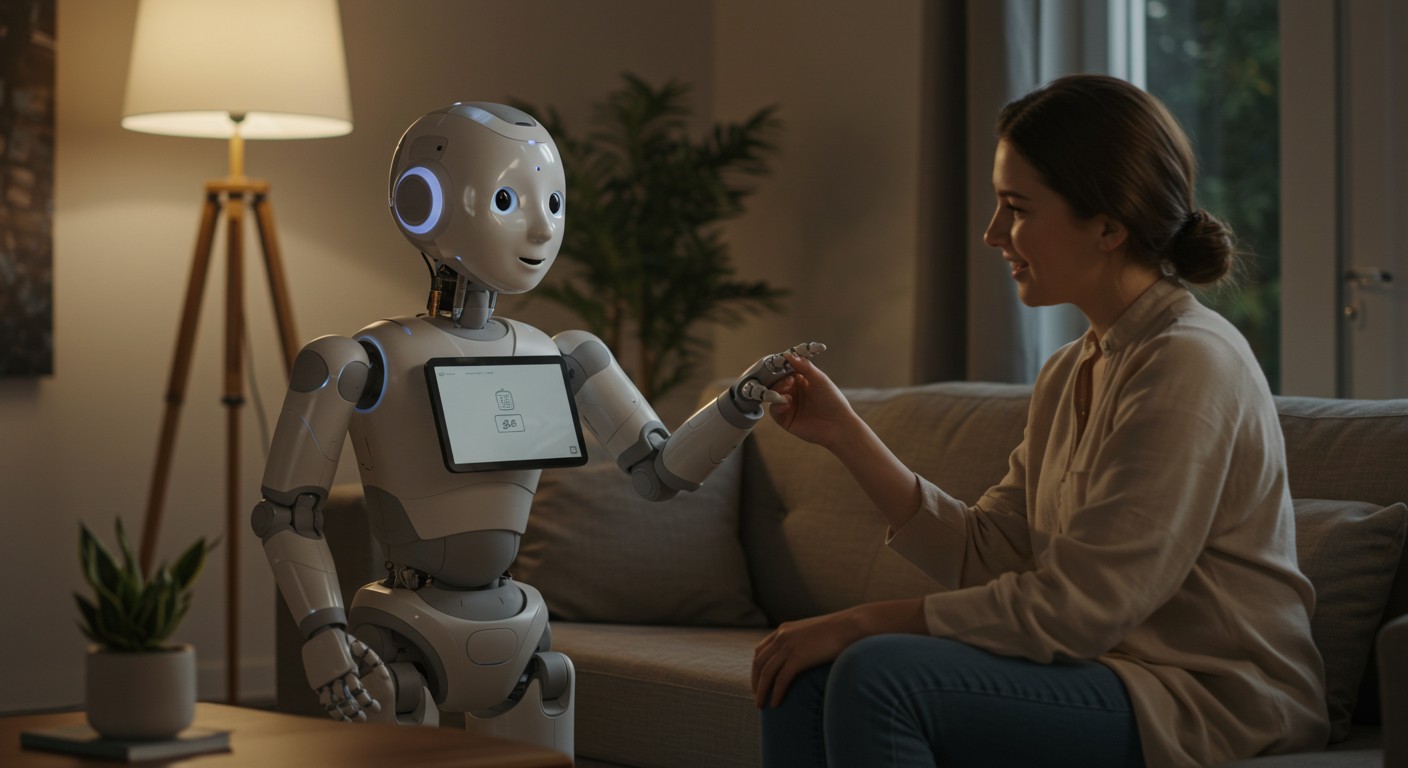
Natural Interaction
Revolutionary advancements in humanoid robot interaction have enabled more intuitive communication. New multimodal humanoid robot interfaces combine gesture recognition, natural language processing, and emotional intelligence capabilities, allowing humanoid robots to understand and respond to human intentions with unprecedented accuracy.
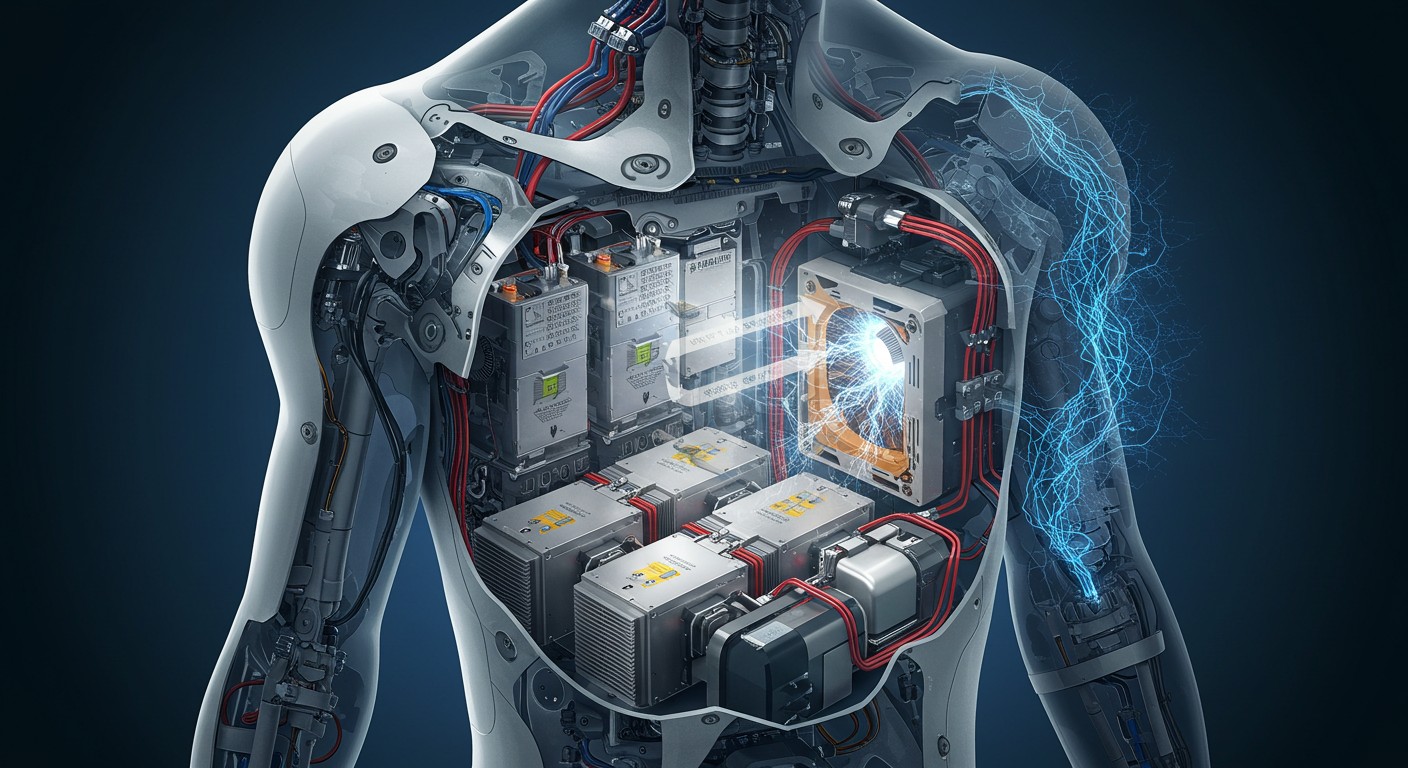
Power Systems
Next-generation energy storage technologies have improved humanoid robot operational time by 75%. New solid-state battery designs offer higher energy density for humanoid robots, while advanced power management systems intelligently allocate resources based on task demands, enabling humanoid robots to operate full-day without recharging.
Real-world Applications
Commercial deployments demonstrating humanoid robot practical value across industries
Humanoid robot industrial applications lead at 45%, with healthcare (25%) and service sectors (20%) showing rapid growth
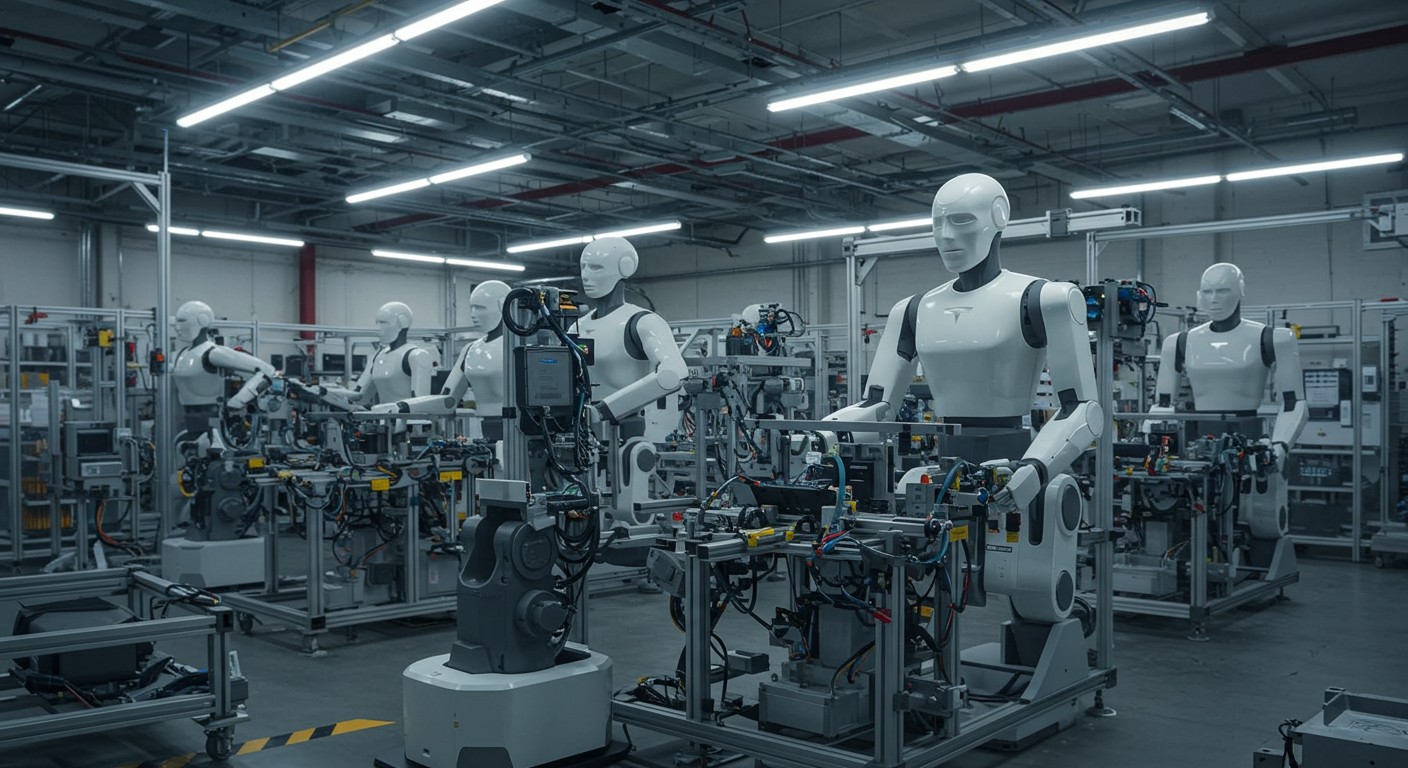
Tesla Factory Automation
Tesla's Gigafactory deployment of Optimus humanoid robots has achieved a 22% improvement in assembly line efficiency. These versatile humanoid robots perform tasks from component placement to quality inspection, working alongside human employees while handling hazardous materials and repetitive tasks.
Read full humanoid robot case study →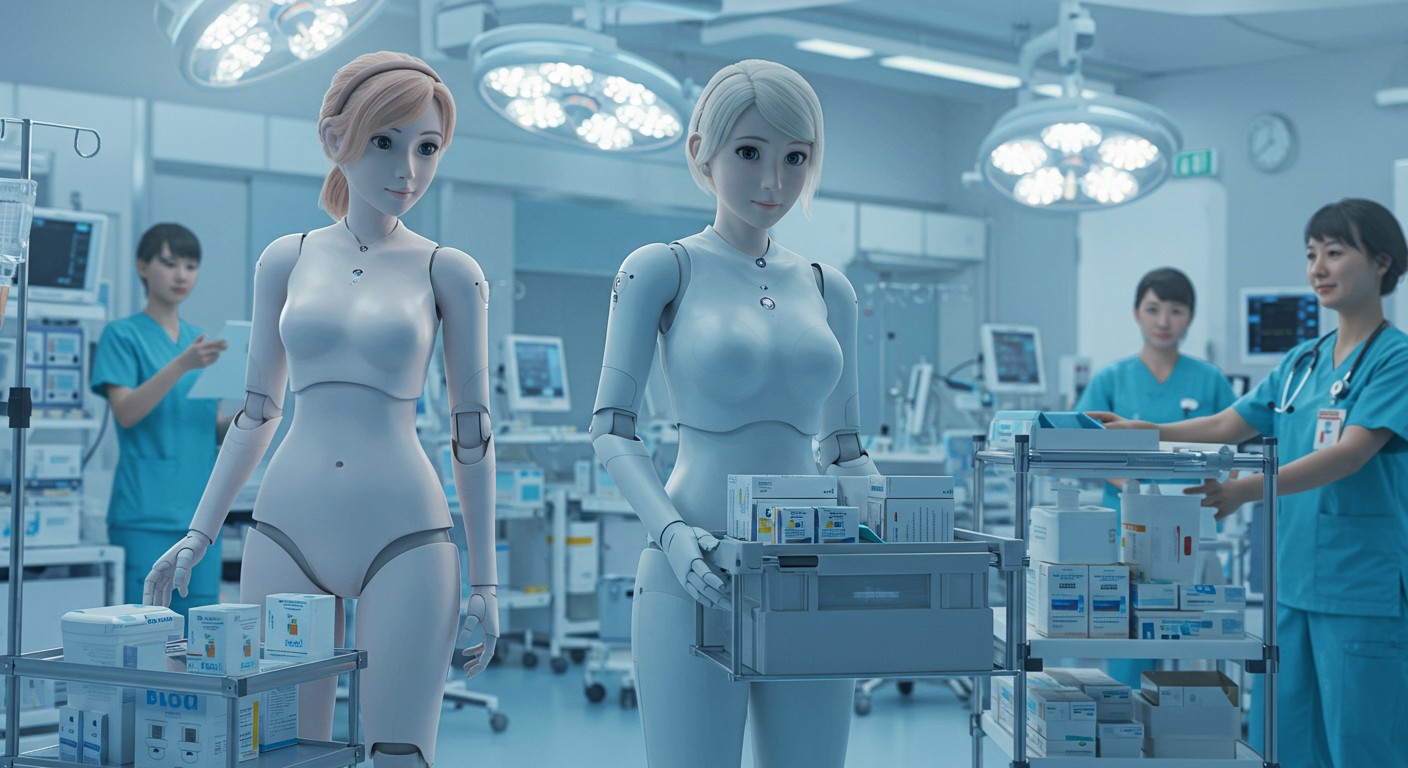
Hospital Logistics
Mount Sinai Hospital's integration of specialized humanoid robot assistants has revolutionized medical supply management, reducing delivery times by 35%. The humanoid robots navigate complex hospital environments to deliver medications, transport laboratory samples, and manage inventory systems.
Read full humanoid robot case study →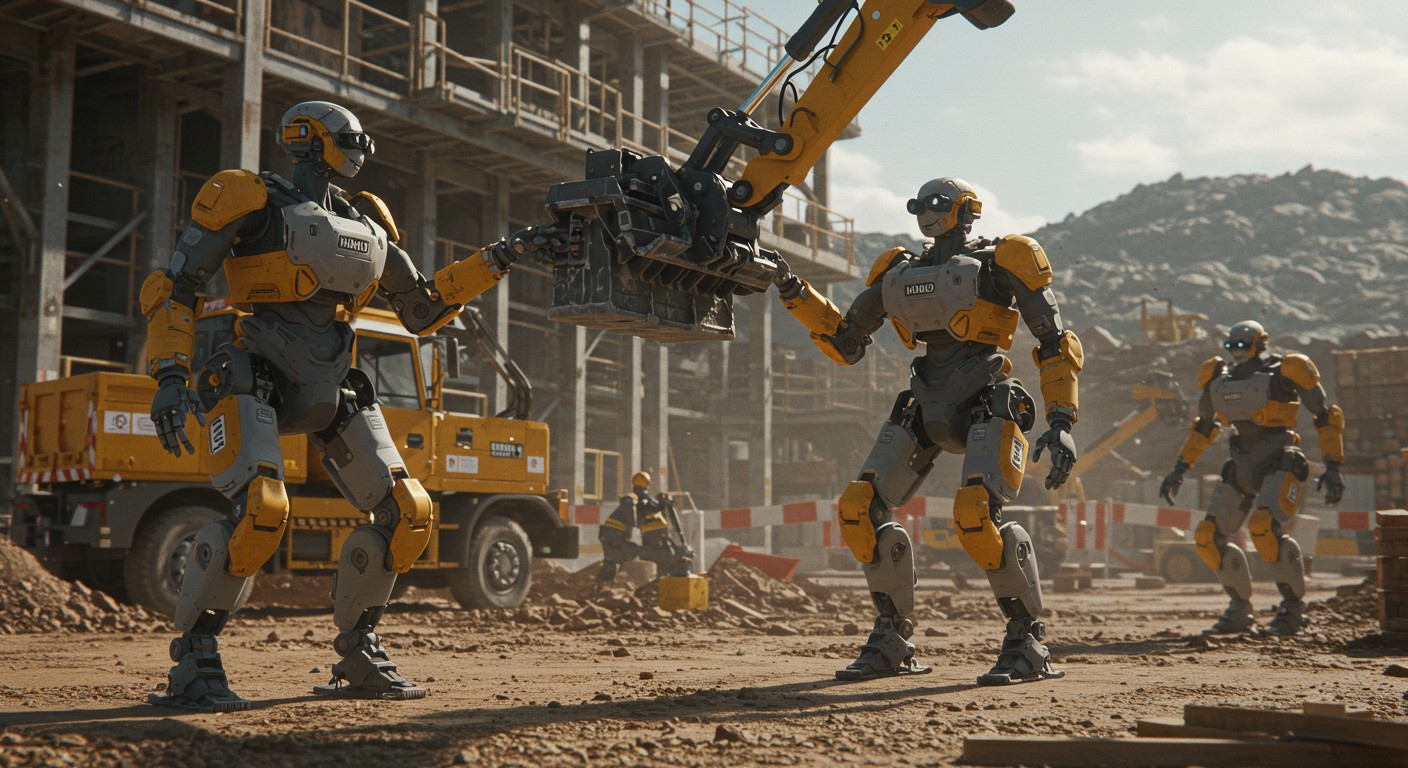
Construction Assistance
Bechtel's pilot program integrating humanoid robots into construction workflows has resulted in a 40% reduction in safety incidents. These humanoid robots excel at handling heavy materials, performing precise measurements, and operating in hazardous environments where human safety would be at risk.
Read full humanoid robot case study →



